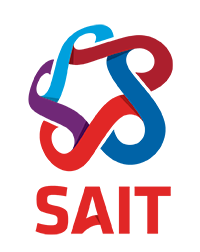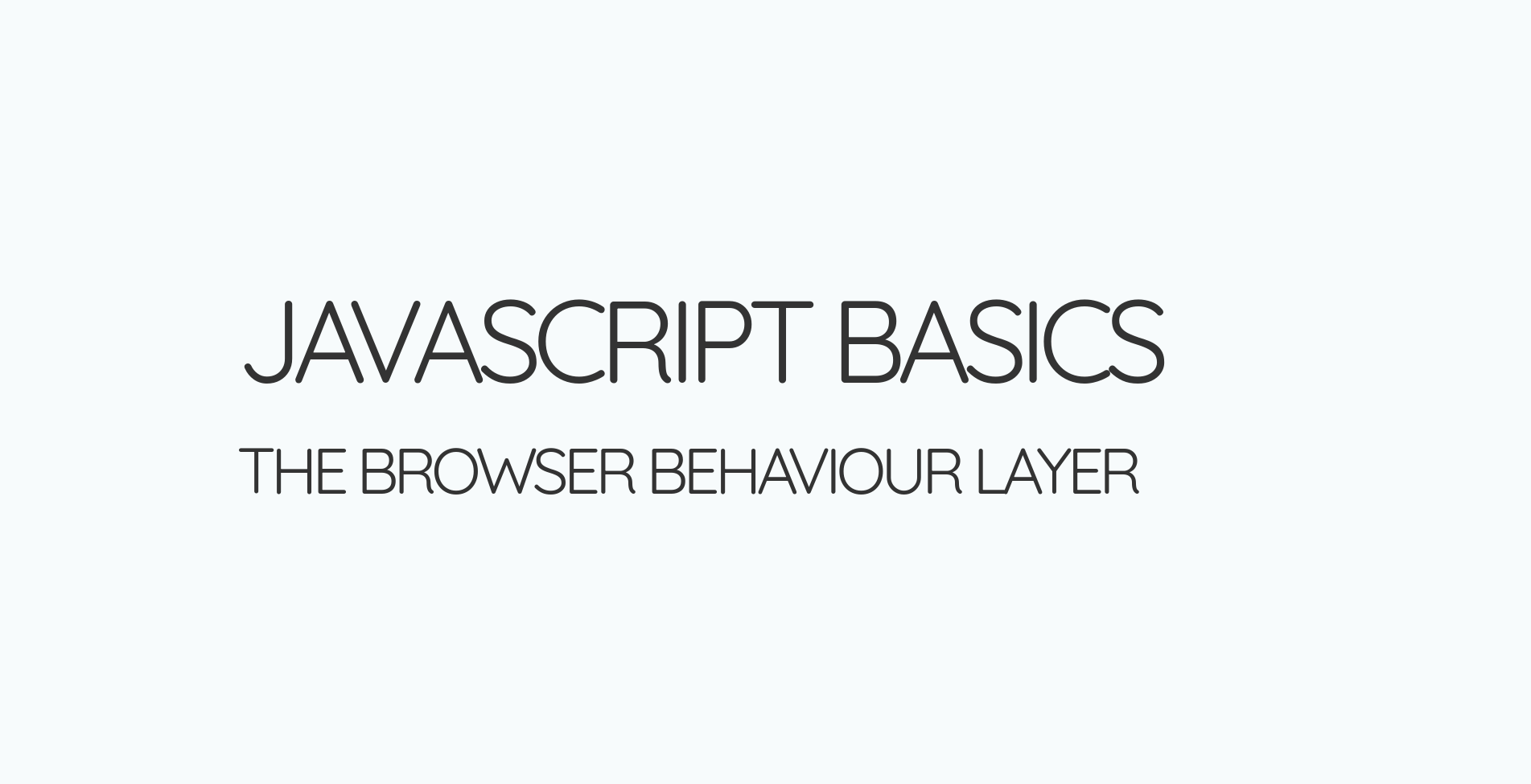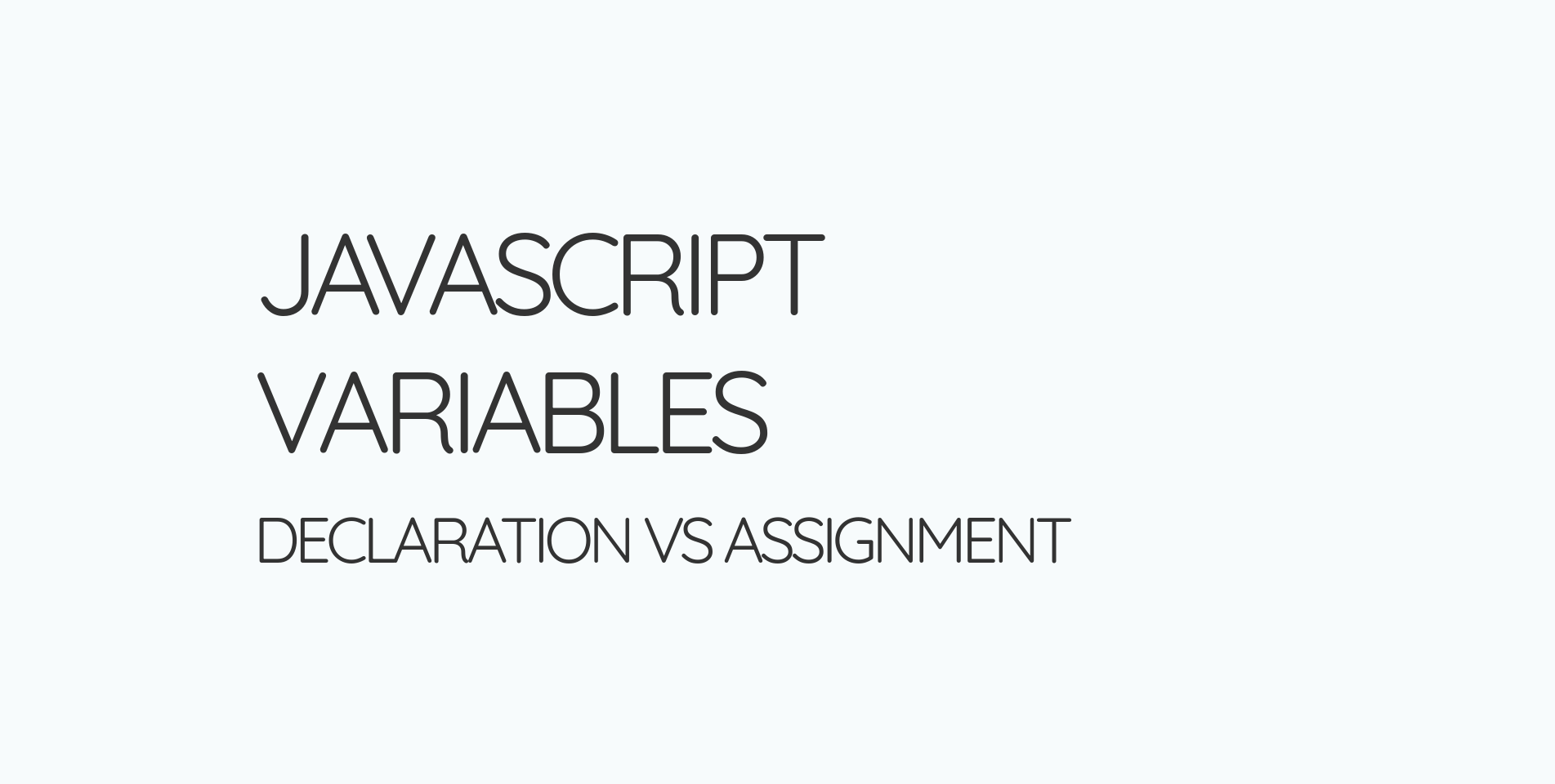Prep🔗
- Skim What is Javascript
- Watch Learn JS with Mosh for a tutorial oriented dip into Javascript
- Read A first splash into javascript by the Mdn
Morning Activity: Merge and Implement our Intersection Code!
Phase 1: Talk it out (All hands)
- Outline the overarching goal and parameters
- Review and note each others control flow logic
- does anything need to change to work together?
- Visualize the functions with props
- Each group should note some changes that they can make to their part of the program
Phase 2: Code it (In teams)
- Make the changes to your algorithms as per all hands discussion
- Simulate with props to test
- Write the code down (1 algorithm per page) and label each one clearly based on what it does
- Create any other props needed
- Decide on who will execute the program commands and who will operate as variables in the program
- 1 command executor (declares the action)
- 1-2 variables (does the action)
- 1 logger (takes notes)
Phase 3: Run the Program (All hands)
- Now we’ll pull it all together!
- The ‘variable’ will play out the commands executed by the ‘functions’ using props
- Then let’s see how many times we crash the program!
- Document causes of crashes and note potential solutions
Phase 4: Bugfix and Optimize (In teams & all hands)
- (all hands) debrief on what worked and what needed to change
- (in teams) modify code to fix bugs noted by logger and in the all hands
- write alterted scripts out as declarative statements with logic
Phase 5: Test (all hands)
- We’ll finish up by running the program again
- Logger will note changes in outcomes and overall behavior
- Debrief on how the bugfixes worked
1. Introduction to Javascript🔗
Key Takeaways
- The Browser Triad is HTML for content, CSS for presentation, and JS for behaviour
- Javascript runs in and out of the browser
- Add JS to HTML by using a
<script src="" type=""></script>tag - camelCase for multi word variables
- JS is case sensitive
- Use whitespace to make code readable
Activity: Create javascript variables
- we don’t need to go super deep with this, focus on declaring variables that do not change with
constand ones that do change withlet - use strings and numbers for now
2. Demo: Using the Browser console🔗
Activity: Experiment with the browser console
- Try using
console.log()to print out text- try using words inside and outside of quotations
- try using numbers inside and outside of qutotations
- what are the differences
- Create a variable (use the following syntax)
const myName = "insert your name here"(use any sentence and variable name u want)
- Log the variable that you created with
console.log(myName)(use the varaible name that you created)
Debrief
- What errors did you run into?
- How did you solve them?
3. Declaring and assigning variables🔗
Materials:
- Storing the information you need — Variables
- Handling text — strings in JavaScript
- Template literals
Key Takeaways (Variables)
- Declaration creates a variable in memory
- Assignment puts a value in a variable
constvariables can be reassignedletvariables can be reassigned- default to const
- use descriptive variable names with camelCase
Discussion
- Open up Scratch and take a look at what you’ve been working on
- What would be comparable to const and let variables in Scratch?
Key Takeaways (Types)
- Primitive types = numbers, strings, booleans, null, and undefined
- Complex types = arrays, objects, functions
Data Types Activity
- In the browser console, try making and logging one of each of these variable types.
- string
- number
- boolean
- array
- object
- Use whatever names and content you want, I recommend to pick a movie, game, or something and pull from that
Today's Achievement🔗
Work through the first 15-30 free code camp exercises🔗
- After completing, screenshot the curriculum screen to show which ones you did/how far you got
- Submit screenshots to the dailies dropbox item in Brightspace
- Include any questions that you would like addressed in class regarding any of the problems presented in the exercises
- I’ll review and try to address the questions tomorrow


